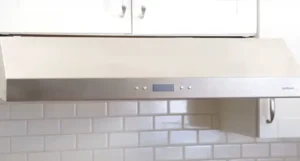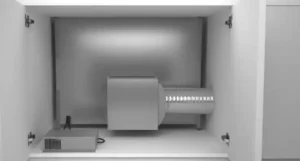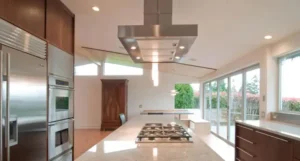Cooker hoods or range hoods are essential for any kitchen. Especially if you don’t want your whole kitchen to be like the inside of a grill, the hood is your best friend. Also, it keeps the air in the house clean and everything doesn’t smell like cooked food.
But if you are planning on getting a cooker hood, a lot of questions will pop into your mind. As overthinkers we are, you might be thinking, which brand is the best, will it fit my budget, can I install it yourself, or even can I use PVC duct for cooker hood installation?
Well, yes you can go for a type of PVC that has aluminum in it and is fireproof. Only if your budget is tight. We would recommend you avoid PVC totally. And we are going to explain why.
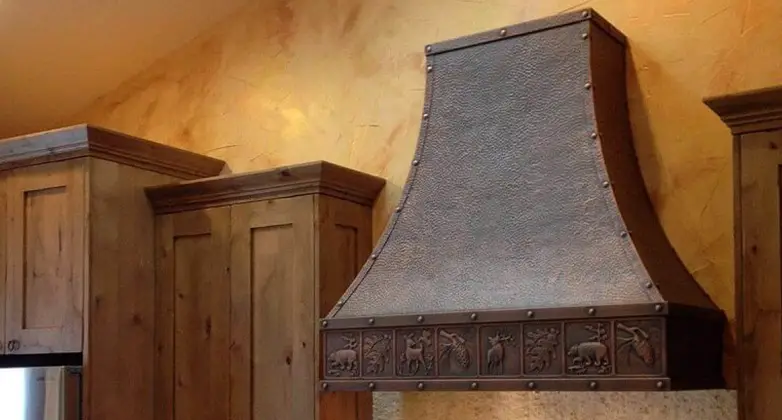
Is It Possible to Use PVC Duct for Cooker Hood With Safety?
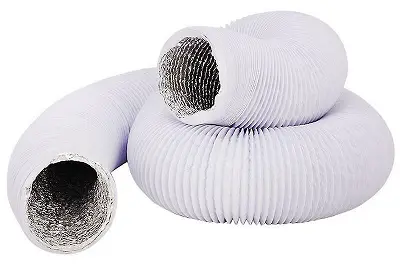
Image: PVC duct.
Cooker hoods are made to carry out the cooking fume, grease, heat and smell out of your kitchen. As it is situated directly over your stove top, and the suction fan takes out all the fume, the duct gets hot over time.
And heat isn’t the best friend of any PVC product. Polyvinyl Chloride or as we call it, PVC, is a thermoplastic material. It comes as one of the byproducts of the fossil fuel, combine it with common salt, and you get the inexpensive PVC.
Regular PVC ducts are prone to heat damage. While there are some heat-resistant PVC, they are not at all sturdy as metal ducts.
So you can go for Aluminum or steel ducts which easily last for decades. It’s an investment of a lifetime and you should not shy away from the best item for your home sweet home!
What Can You Use for Cooker Hood Duct Instead of PVC?
Instead of PVC ducts, we would suggest going for aluminum or stainless ones. They are not inexpensive, that’s for sure! But hey! You are not going to build a house every day and change all the appliances every 3 years.
Rigid ducts are made from galvanized aluminum or steel. They last longer than any plastic, and are safe, and sturdy.
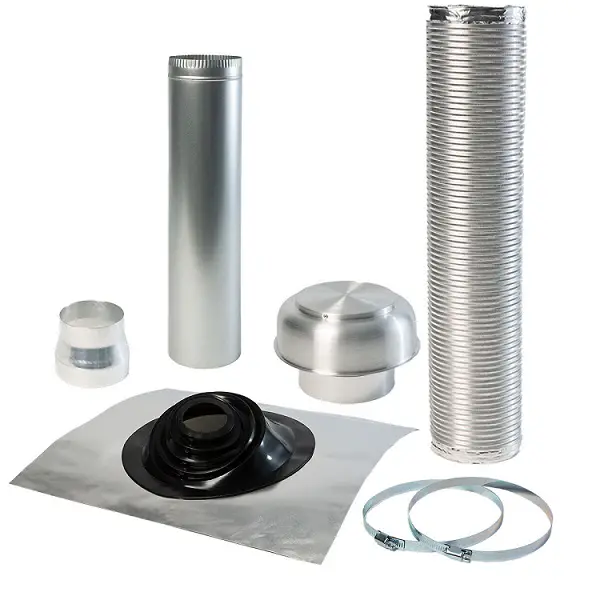
Image: Rigid duct package.
Metal ducts or rigid ducts also have the ability to not clog or have grease buildups like PVC ducts. And are low maintenance. Simply change your range hood filters timely and there won’t be anything inside the duct, ever!
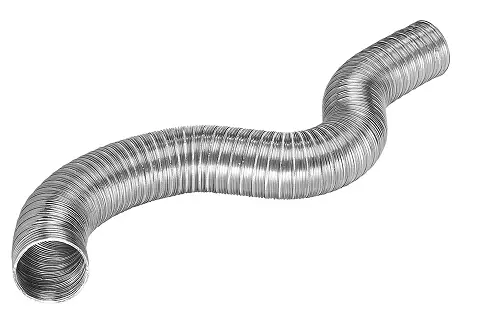
Image: Flexible duct.
So instead of PVC or flexible ducts, go for the aluminum and steel ones. You’ll thank yourself in the coming years.
Pro Tip:
- Change your cooker hood filter to keep your duct clean.
- If you go for PVC, check out the hybrid ones that had metal in them.
- Safety should be always first. So if you see damage on your duct, change it immediately.
FAQs (Frequently Asked Questions and Answers)
Can I use PVC for the kitchen exhaust?
No. The kitchen is a hot and humid place. And the exhausts carry hot fumes and sometimes grease. This is why the recommended material to use as a kitchen exhaust is any form of metallic build. It can be galvanized steel, aluminum, or copper.
What kind of ducting do you use for a range hood?
You should always go for rigid ducting for any form of range hood. Although people suggest and use PVC ducts, it is not recommended not only for being a fire hazard but also for their low lifetime.
Can plastic be used for ductwork?
No. Plastic ducts will melt away even quicker than fire-grade PVC. So it is best to stay away from plastic ducts anywhere. Rather opt for fire-rated PVC ducts for your dryer, ventilation, and sometimes cooker hoods.
Can I use an aluminum duct for the range hood?
Yes. You can use an aluminum duct for the range hood. Any form of metallic duct will work just fine. But remember to check with your region’s instructions or you might get a lawsuit.
Conclusion
PVC ducts are good for exhaust pipes and fans inside your house. It is ideal for air circulation, dry cleaners and ventilation, and such. But when it comes close to heat, it doesn’t function as well. Imagine blowing constant hot air over a plastic plate. So we suggest you go metal on the cooker hood duct and love your kitchen a little bit more. After all, this is where the magic happens!

